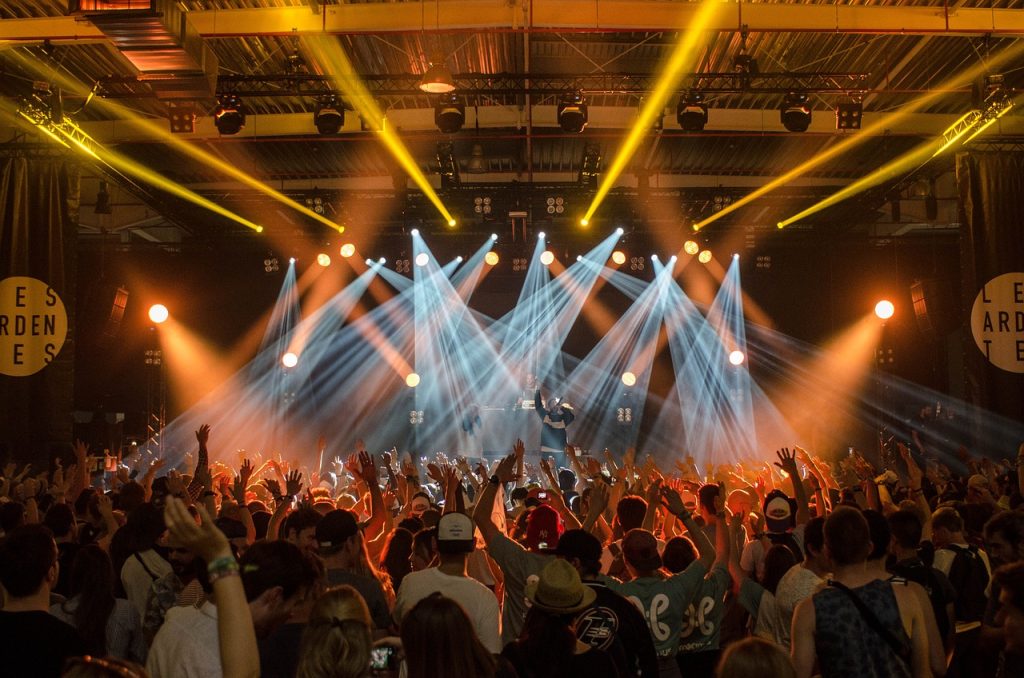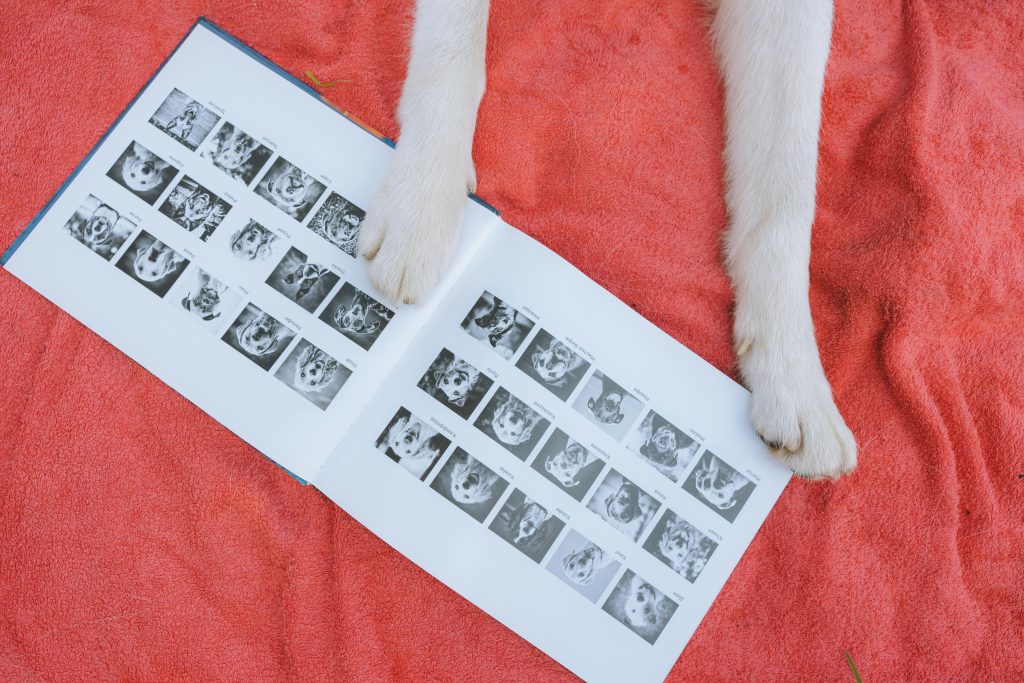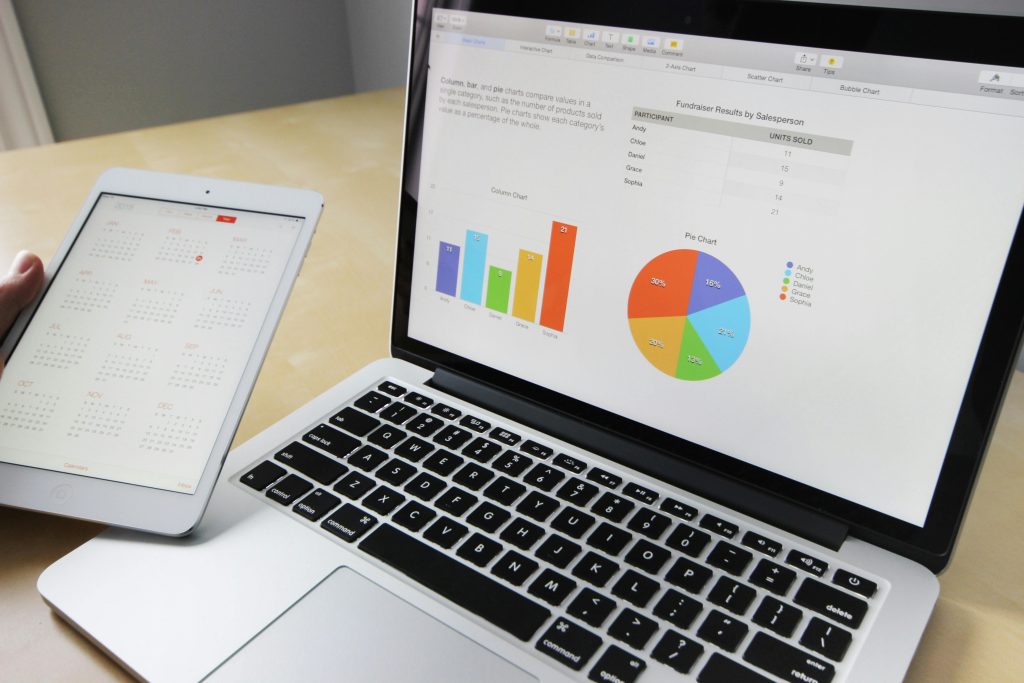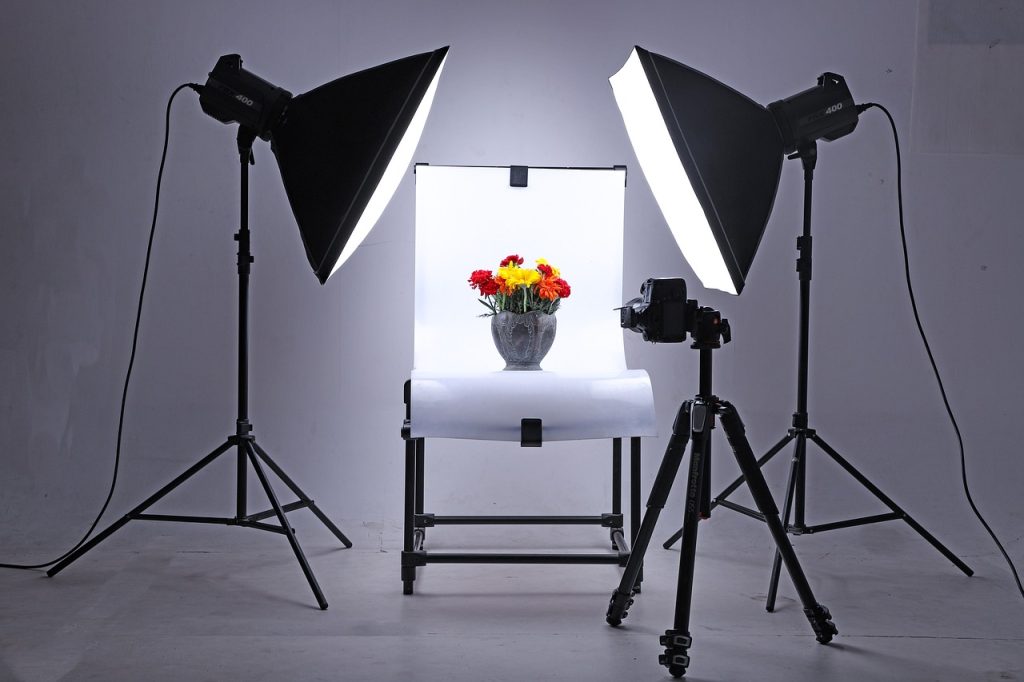Event photography is one of the best ways to break into the freelance world. It pays well, offers plenty of work opportunities, and gives you the chance to capture meaningful moments. But let’s be honest—it’s not always easy. Events are unpredictable, lighting can be terrible, and clients expect you to deliver stunning photos no matter the circumstances.
Unlike studio photography, where you control every aspect of the environment, event photography requires quick thinking, adaptability, and the ability to anticipate key moments before they happen. Whether you’re covering corporate functions, private parties, weddings, or concerts, your job is to tell the story of the event in a way that feels natural and engaging.
In this guide, we’ll walk you through everything you need to know to photograph events successfully. From preparation and gear selection to camera settings, essential shots, and post-processing, you’ll learn the skills and strategies that will help you capture high-quality images while keeping your sanity intact.
1. Know What You’re Getting Into (Pre-Event Preparation)
Before you even pick up your camera, proper preparation is key to ensuring a smooth event photography experience. A little planning can save you from last-minute surprises and help you deliver the best results for your client.
Understand the Event Type
Different events have different expectations. A corporate function might require polished, professional shots, while a birthday party or wedding demands a more candid and emotional approach. Understanding the nature of the event will help you tailor your shooting style accordingly.
Clarify Client Expectations
Speak with the client beforehand to get a clear idea of what they want. Ask about key moments they want captured, any specific people or details to focus on, and whether they prefer posed or candid shots. This will help you create a shot list and ensure you meet their needs.
Scout the Venue
If possible, visit the venue before the event to familiarize yourself with the layout, lighting conditions, and any potential obstacles. If an in-person visit isn’t an option, try researching photos of the venue online to get a sense of what to expect.
Prepare a Shot List
Having a rough shot list ensures you won’t miss crucial moments. Some essential shots include:
- Wide shots of the venue and atmosphere
- Candid interactions between guests
- Key speakers or performers
- Important details like decorations, food, and branding elements
Dress Appropriately
Your attire should match the formality of the event while allowing you to move comfortably. Dark, neutral colors help you blend in, and quiet shoes prevent unwanted noise while moving around discreetly.
By preparing ahead of time, you set yourself up for success and ensure you can focus on capturing great moments rather than scrambling to figure things out on the spot.
2. Gear Essentials: What You Really Need
Having the right gear can make or break your event photography experience. While high-end equipment isn’t a requirement, using the right tools will help you adapt to different lighting conditions and fast-paced environments.
Camera and Lenses
- A DSLR or Mirrorless Camera – A full-frame camera is ideal, but a crop-sensor can still get the job done.
- Zoom Lenses (24-70mm & 70-200mm) – These two lenses cover wide angles and close-ups, making them versatile for events.
- Prime Lenses (50mm or 85mm, f/1.8 or faster) – Perfect for low-light situations and portraits.
External Flash
- Speedlight with Bounce Capabilities – Essential for dimly lit venues where natural light isn’t enough.
- Diffusers or Softboxes – Soften harsh flash lighting for a more natural look.
- Extra Batteries for Flash – Flashes drain batteries quickly, so always carry spares.
Accessories and Backup Gear
- Memory Cards (Multiple, High-Speed) – Running out of storage in the middle of an event is a disaster.
- Extra Camera Batteries – Long events require multiple battery swaps.
- Tripod or Monopod – Helpful for long-exposure shots and steady framing.
- Comfortable Camera Strap or Harness – Reduces strain on your neck and shoulders.
Storage and Carrying Solutions
- A Well-Organized Camera Bag – Quick access to your gear can be a lifesaver in chaotic situations.
- Waterproof or Weatherproof Bag – Protects your equipment in case of unexpected weather conditions.
Having the right gear means you can focus on capturing the best moments without worrying about technical limitations.
3. Camera Settings & Techniques for Dynamic Shots
Getting your camera settings right is crucial for event photography. Unlike controlled environments, events require quick adjustments to keep up with changing lighting and fast-moving subjects.
Master the Exposure Triangle
- Shutter Speed: Keep it fast enough to freeze action (1/200s or higher for moving subjects).
- Aperture: Wider apertures (f/2.8–f/4) help in low light, but adjust based on the depth of field needed.
- ISO: Balance between brightness and noise. Start at ISO 400 and increase if needed in darker environments.
Autofocus & Burst Mode
- Use continuous autofocus (AI-Servo/AF-C) to track moving subjects.
- Burst mode (high-speed shooting) helps capture fleeting moments, but don’t overdo it—be selective with your shots.
White Balance & Lighting Adjustments
- Set white balance manually or use auto mode for mixed lighting conditions.
- If using flash, bounce it off walls or ceilings to avoid harsh lighting.
- Adjust exposure compensation for better highlights and shadow details.
Composition Tips
- Use the rule of thirds to keep images balanced.
- Incorporate leading lines and framing to make shots more dynamic.
- Capture moments from different angles—high, low, or through objects—for a creative touch.
4. Capturing the Right Moments: The Essential Shots
A successful event photographer knows how to anticipate and capture the moments that matter most. Here are the key shots you should aim to get at any event:
Wide Shots
- Establish the scene by capturing wide-angle shots of the venue and its atmosphere.
- Showcase the event setup, decorations, and overall ambiance.
Candid Moments
- Capture natural interactions between guests to add authenticity to your photos.
- Look for laughter, handshakes, and spontaneous expressions that tell a story.
Key Speakers or Performers
- Make sure to get clear shots of speakers, musicians, or entertainers in action.
- Capture their expressions, gestures, and the audience’s reactions.
Audience Reactions
- Moments of engagement, laughter, and applause add emotional depth to your coverage.
- Zoom in on expressions to bring life to your images.
Details and Close-ups
- Small details like table settings, food, signage, and branding elements contribute to the storytelling.
- These shots are especially important for corporate and wedding events.
Group Photos
- Take posed group shots of guests, teams, and VIP attendees.
- Give clear but relaxed directions to make group shots feel natural and engaging.
By focusing on these essential shots, you’ll create a well-rounded visual story of the event that captures both its energy and significance.
5. Managing People & Staying Professional
Event photography isn’t just about capturing great images—it’s also about working well with people. Your ability to manage guests, direct group shots, and interact professionally can make or break your reputation.
Blend In, But Stay Present
- Move discreetly while capturing candid shots, but be ready to step in when needed.
- Avoid drawing too much attention to yourself, especially during formal events.
Give Clear But Gentle Directions
- For posed shots, communicate clearly and confidently to get the best results.
- Encourage natural expressions rather than forced poses.
Handle Difficult Situations Gracefully
- Some guests may be camera-shy or uncooperative—stay patient and adapt.
- If conflicts arise, maintain professionalism and focus on your task.
Maintain a Professional Demeanor
- Dress appropriately for the event to match its formality.
- Be polite and approachable, ensuring a positive experience for clients and guests.
By maintaining a professional yet friendly demeanor, you’ll create a positive experience for your clients and guests alike, leading to better images and potential future bookings.
6. Post-Event Workflow: Editing & Delivery
After the event is over, your work isn’t done yet. Editing and delivering the final images is just as important as capturing them. A smooth and efficient post-event workflow ensures you meet client expectations and maintain a professional reputation.
1. Culling Your Shots
- Go through your images and select the best ones—quality over quantity.
- Remove duplicates, blurry shots, or anything that doesn’t meet your standards.
- Use software like Lightroom or Photo Mechanic to speed up the culling process.
2. Basic Editing vs. Full Retouching
- Adjust exposure, contrast, and white balance for consistency.
- Crop and straighten images as needed.
- Apply light retouching (skin smoothing, removing distractions) but keep it natural.
- For corporate or high-end clients, offer deeper retouching as an added service.
3. Organizing and Exporting Files
- Name files systematically (e.g., EventName_001.jpg) for easy identification.
- Export in different formats: high-resolution for print, web-optimized for online use.
- Store backups on external hard drives or cloud storage to prevent data loss.
4. Delivering the Final Images
- Use online galleries (Pixieset, SmugMug) or file-sharing services (Dropbox, WeTransfer).
- Provide a mix of high-res images for printing and lower-res versions for social media.
- Consider offering a client portal for easy access to downloads.
5. Following Up with the Client
- Send a thank-you email with download instructions and any additional details.
- Ask for feedback and testimonials to build credibility.
- Offer discounts for future bookings or referrals to encourage repeat business.
By following an organized post-event workflow, you ensure a smooth experience for your clients and establish yourself as a reliable professional.
7. Pricing & Getting More Clients
Setting the right price for your event photography services and attracting clients are key to building a sustainable freelance business. Pricing should reflect your skill level, expenses, and the value you provide, while effective marketing will help you secure more bookings.
1. How to Price Your Event Photography
- Hourly vs. Package Pricing: Decide whether you’ll charge per hour or offer set packages with a fixed number of photos.
- Factor in Expenses: Account for travel, equipment wear and tear, editing time, and software costs.
- Know Your Market: Research competitors in your area to set competitive yet profitable rates.
- Offer Different Tiers: Provide basic, standard, and premium packages to cater to different client needs.
2. Contracts & Deposits
- Always Use a Contract: Clearly outline deliverables, turnaround time, pricing, and cancellation policies.
- Require a Deposit: A non-refundable deposit (e.g., 30-50%) ensures commitment and protects against last-minute cancellations.
- Set Payment Terms: Decide on milestone payments or full balance due upon delivery.
3. Marketing & Finding Clients
- Build a Strong Portfolio: Showcase your best event shots on a website or social media.
- Use Social Media & SEO: Optimize your online presence to attract organic traffic.
- Network with Event Planners: Partner with venues, wedding planners, and corporate organizers to get referrals.
- Leverage Word-of-Mouth: Ask satisfied clients for testimonials and referrals.
- Offer Limited-Time Discounts: Incentives can help attract first-time clients.
4. Retaining Clients & Encouraging Repeat Business
- Follow Up After Events: Send a thank-you message and offer a discount on future bookings.
- Maintain a Client Database: Keep records of past clients and reach out for annual events.
- Provide Exceptional Service: A great experience leads to repeat business and strong referrals.
By setting fair prices and actively marketing your services, you’ll build a sustainable photography business with a steady flow of clients.
Photographing events can be demanding, but it’s also a fantastic opportunity to sharpen your skills, build confidence, and capture real, unforgettable moments. Every event is different, and every challenge you face will make you a stronger photographer. With preparation, adaptability, and a positive mindset, event photography can become one of the most rewarding experiences in your portfolio — and one of the best ways to tell powerful, authentic stories through your lens.



